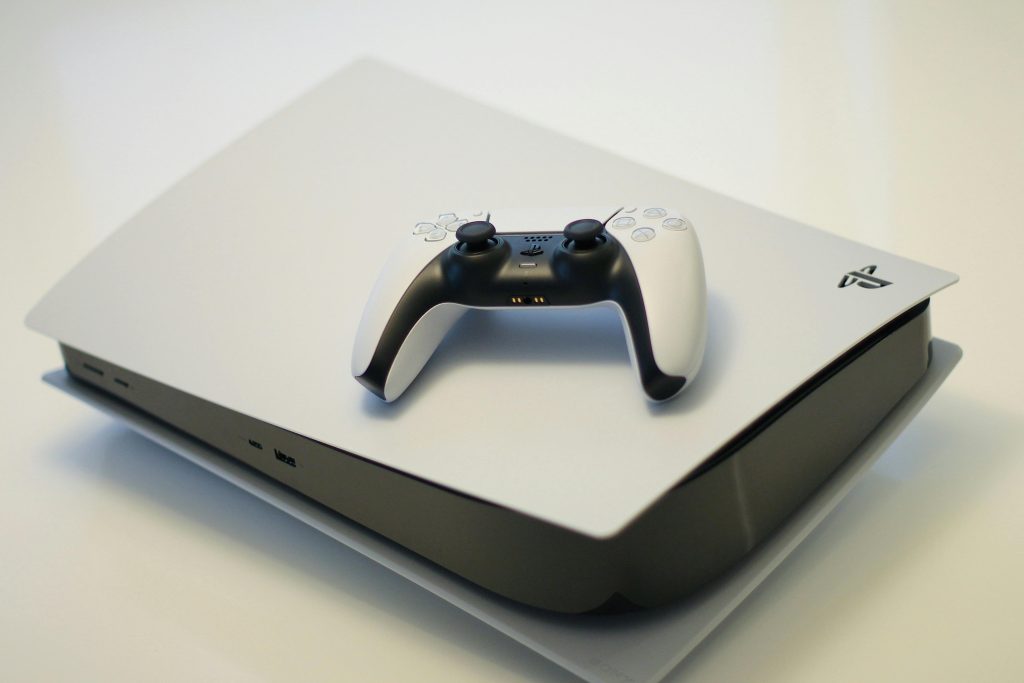The PlayStation brand has grown from a simple console into one of the most iconic names in the gaming industry, consistently evolving with each generation. From the early days of the PS1 to the latest PS5, each iteration has brought new features and experiences to players worldwide. Here’s a look at how PlayStation’s consoles have evolved over the years.
1. PlayStation 1 (PS1) – The Beginning (1994)
When Sony released the PS1 in 1994, it marked a bold entry into the gaming world. The console’s most significant innovation was its use of CD-ROMs instead of cartridges, allowing for more detailed graphics and longer, richer gameplay. The PS1 featured some of the earliest 3D-rendered titles, such as Gran Turismo, Final Fantasy VII, and Metal Gear Solid, helping to establish Sony as a dominant force in gaming.
2. PlayStation 2 (PS2) – Expanding Horizons (2000)
The PS2, launched in 2000, became the best-selling console of all time, largely due to its backward compatibility with PS1 games and the added bonus of being able to play DVDs. This made it not only a gaming console but a home entertainment system. Titles like Grand Theft Auto: San Andreas, Final Fantasy X, and Tekken 5 made it a must-have for gamers, and its extensive library of games solidified its place as a dominant force in the market.
3. PlayStation 3 (PS3) – The High-Definition Era (2006)
The PS3, released in 2006, ushered in the era of high-definition gaming. With its Blu-ray disc support, it also became an all-in-one media device. Although initially more expensive than its competitors, the PS3 eventually grew in popularity thanks to games like Uncharted 2, The Last of Us, and Gran Turismo 5. The introduction of the PlayStation Network (PSN) also allowed for online multiplayer gaming and digital media, changing the way players interacted with the console.
4. PlayStation 4 (PS4) – Gaming Redefined (2013)
In 2013, Sony introduced the PS4, a console that would redefine gaming for years to come. With an easy-to-use interface, an emphasis on digital downloads, and an improved online service through PlayStation Plus, the PS4 became an instant hit. Exclusive games like The Last of Us Part II, Horizon Zero Dawn, and Spider-Man helped solidify the PS4 as the go-to platform for gamers, and the console quickly outpaced its competitors in sales.
5. PlayStation 5 (PS5) – The Next Generation (2020)
Launched in 2020, the PS5 represents the pinnacle of PlayStation’s hardware evolution. Featuring a custom SSD for faster load times, support for 4K gaming, and a new, innovative controller with adaptive triggers and haptic feedback, the PS5 offers a next-generation gaming experience. Exclusive titles like Demon’s Souls and Ratchet & Clank: Rift Apart show off the console’s graphical power and fast-paced gameplay capabilities, marking the PS5 as a true next-generation console.
Conclusion
From the original PS1 to the cutting-edge PS5, PlayStation has continuously pushed the envelope of what gaming consoles can do. Sony’s focus on powerful hardware, exclusive titles, and an expanding ecosystem of services has helped the PlayStation brand become one of the most successful gaming platforms ever. With each console, PlayStation has raised the bar for the gaming industry, and it’s exciting to imagine where the next generation will take us.

